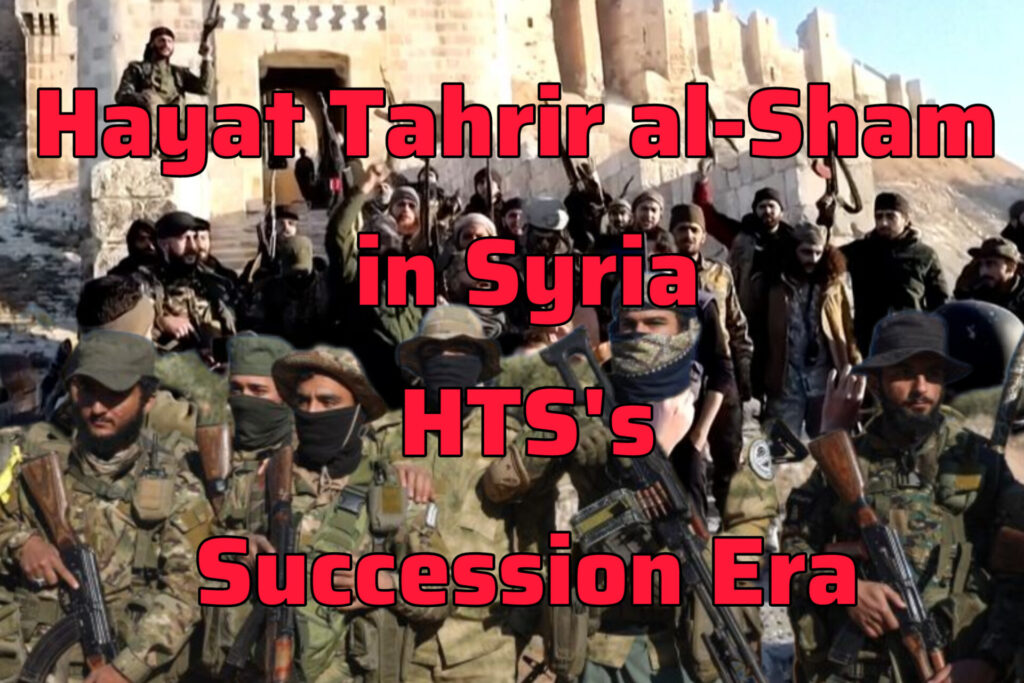
Syria’s nearly 13-year-long civil war has now entered a new phase. Hayat Tahrir al-Sham (HTS), previously a marginal jihadi group, has now emerged as the dominant force on Syria’s political and military map. HTS’s capture of Syria’s capital city Damascus is a historic development that not only changes the geopolitics of the region but also brings a new reality for the people of Syria. In this view, we will try to understand how HTS reached this scenario and which key players are involved in it.
HTS: Journey from a Jihadi Group to Ruling Force
HTS was formed in the early days of Syria’s civil war, when multiple jihadi and rebel groups formed a joint front against the Assad regime despite previously being associated with Al-Qaeda, in which HTS created its independent identity.
Rise to Power: HTS showed pragmatism in its strategy, created local alliances and expanded its area by merging or weakening other groups.
Governance: HTS is now cautiously playing the role of governance and law enforcement in its controlled areas, further institutionalizing its power.
Bashar al-Assad: A Weak Power
Bashar al-Assad’s leadership has been a contested issue for Syria. Anti-government protests that began after the Arab Spring plunged Syria into civil war.
Russian and Iranian Support: The Assad regime has maintained its existence thanks to the strategic military and financial support of Russia and Iran.
Challenges: The rise of HTS and the threat from Damascus have become an existential crisis for Assad’s government.
Turkey: An Active Stakeholder
Turkey has always played an active role in Syria’s crisis, especially against Kurdish forces.
Military Operations: Turkey has carried out multiple cross-border operations in northern areas of Syria, which could now become more complicated after the rise of HTS.
Diplomatic Aspirations: Turkey’s policy has always focused on securing its borders and curbing Kurdish separatist movements.
Impact of Russia and Iran
Russia and Iran have strengthened their strategic positioning while supporting the Assad regime. But both powers are facing a new challenge after the rise of HTS.
Russia: Russian airstrikes weakened rebels for Assad, but efforts against HTS have not been as effective.
Iran: Iran is focused on supporting Assad through Shia militias and increasing its regional influence.
People of Damascus: The biggest tragedy
HTS’s capture of Damascus is beginning a new chapter, but in the meantime, ordinary Syrians are suffering the most. Food shortages, displacement, and continuous violence have made their lives hell.
Way forward
Syria’s future is still unclear. Whether HTS’s capture will establish a long-term governance model or lead to more instability remains to be seen. It is important for the international community to work on diplomatic and humanitarian solutions to mitigate the suffering of the Syrian people.
In this new phase of Syria, finding a sustainable and inclusive solution is the biggest challenge for everyone.
F*ckin?remarkable issues here. I抦 very satisfied to look your post. Thanks a lot and i am having a look ahead to touch you. Will you please drop me a e-mail?